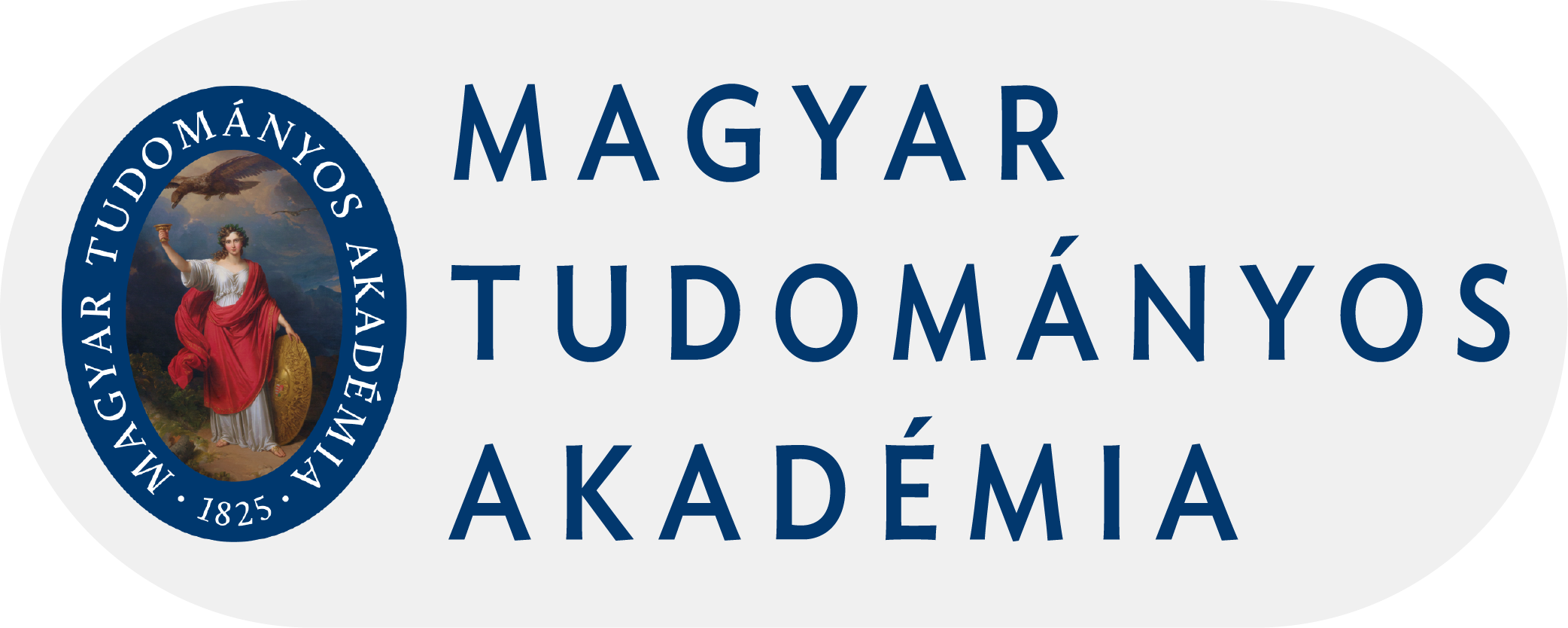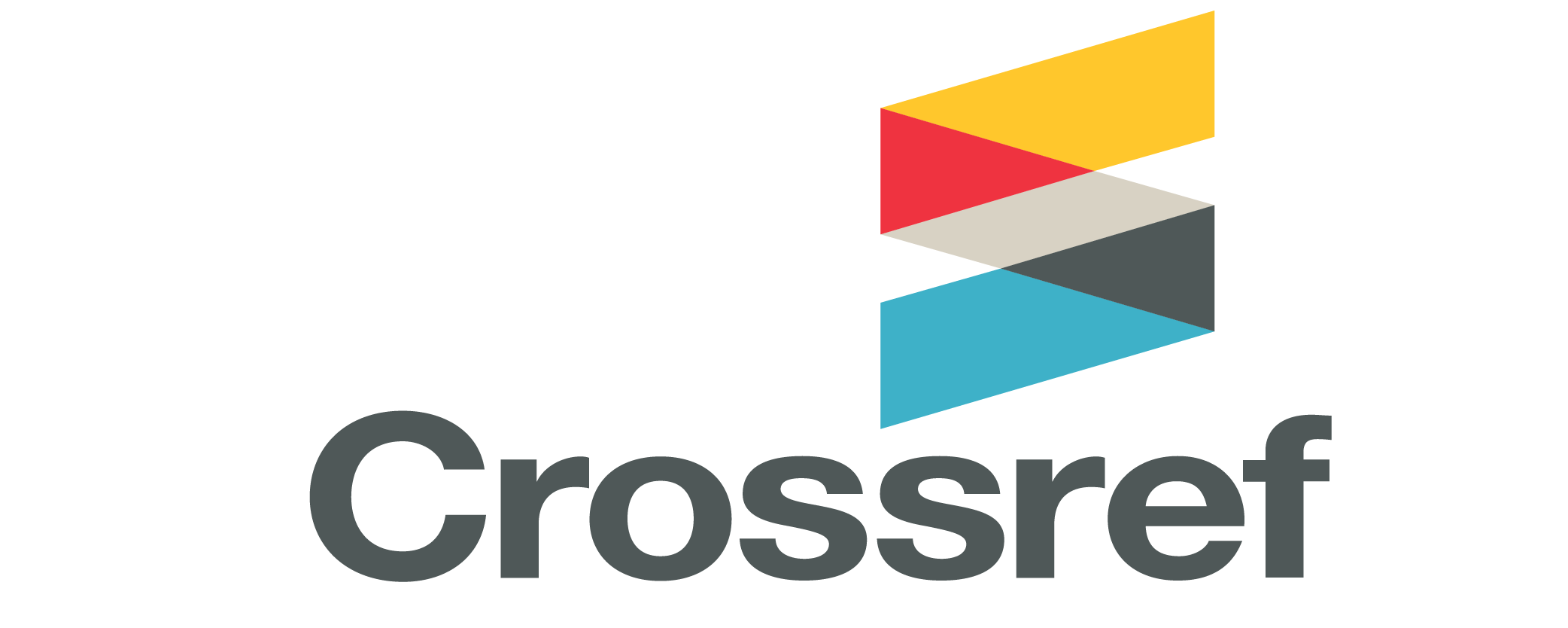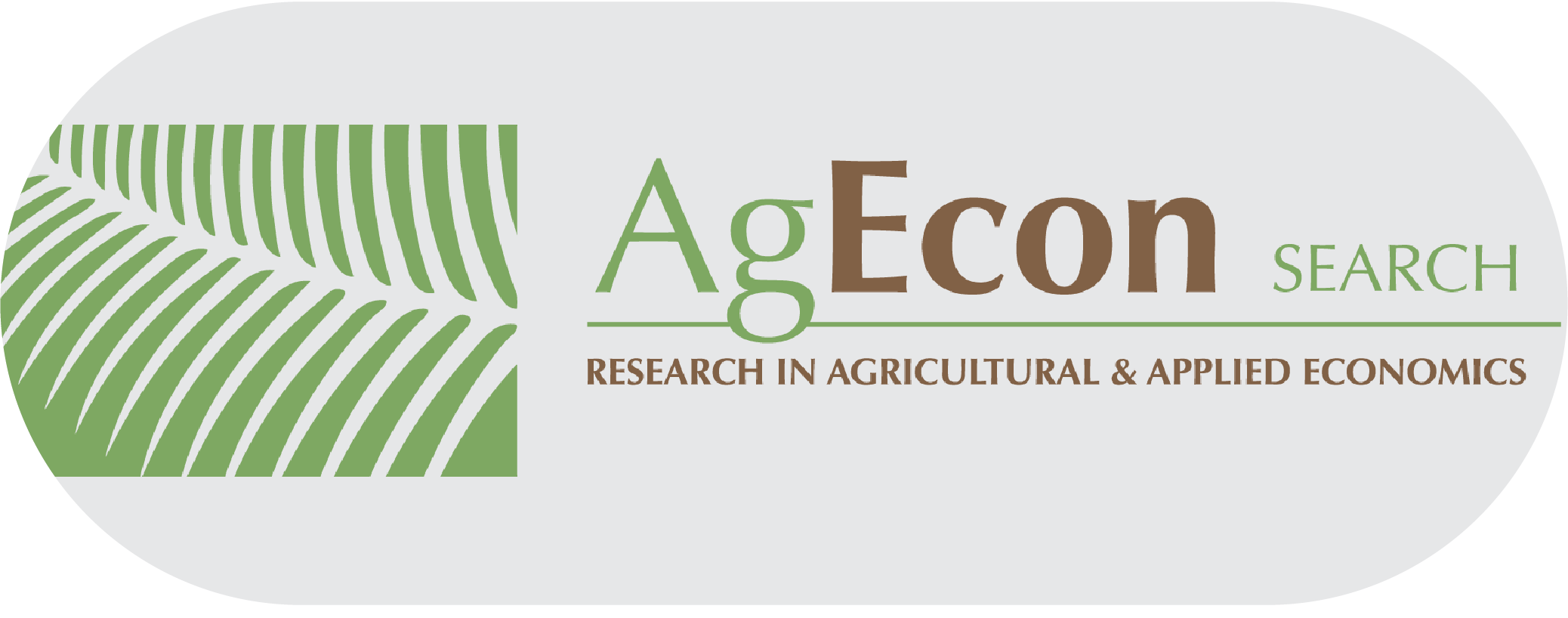Search
Search Results
-
The possibilities of energetic applicability and economic evaluation of grape in the Szentantalfa township
25-32Views:225Energy production has become one of the key problems in the recent years. Hungary is lacking fossil fuels, but could play a leading role of biomass utilization in Europe. In the concept of biomass not only main-, but by-products (e.g. grape) are be included. Since farmers face a variety of difficulties in disposing of garpe from plantation sites it would be beneficial to encourage grape use in energy production. In our opinion due to varying transportation costs it is crucial to investigate the amount of potentially usable grape both for the whole country and in local township levels. Our economic studies were done on the Szentantalfa Township’s Balatonfüred-Csopak Vine Region. According to our findings the total amount of grape generated in the township theoretically amounts to 5.28 TJ exploitable that would operate a 360 kW boiler for a whole heating period (6 months). In our opinion the appearance of local energy production based on grape could significantly raise the ability of the future potential income of townships.
-
A POTENTIAL USE OF A LANDSCAPE INTEGRATED MANAGEMENT TOOL TO MEASURE THE PROGRESS TOWARDS SUSTAINABILITY: A TRIAL APPLICATION AT THE GRAPE-PRODUCING COMPANY HÉTSZŐLŐ –TOKAJ REGION – DEBRECEN - HUNGARY
Views:240Sustainable integrated management at the landscape scale is increasingly becoming paramount for the private, and public sectors, as these sectors recognize the high relevance of promoting integrated and collaborative management in their operating areas and territories. There has been no attempt to apply this approach in the current sustainability reporting frameworks. this paper aims to run a trustful assessment at the Hétszölö viticulture company to make sustainability claims. This paper applies a new way of reporting sustainability by selecting and assessing suitable indicators within the Ecosystem, Human well-being, and Production pillars depending on the landscape context and conditions, followed by a performance metric selection, prioritization process, and sustainability claiming. Our results portray that out of 21 indicators including core and landscape-dependent indicators in total 9 were determined as applicable, likewise, concerning metrics selection, 5 performance metrics were defined as required, 2 were recommended and 1 was optional. The company´s top prioritized indicators are ecosystem restoration (1.06 % of restored areas nationwide), household income (0.3 % nationwide = < $2.5/day), and health and nutrition (<2.5 % = 42500 children).it is ultimately given some claims that actions must be taken in these prioritized metrics and make positive progress toward sustainability.





